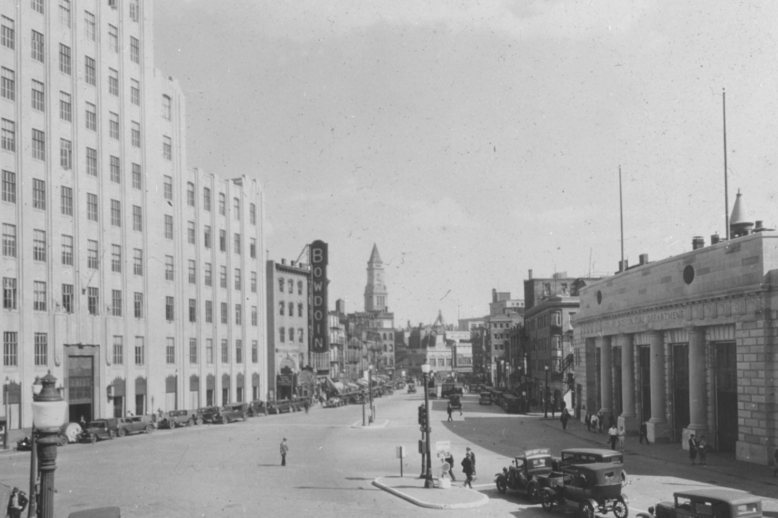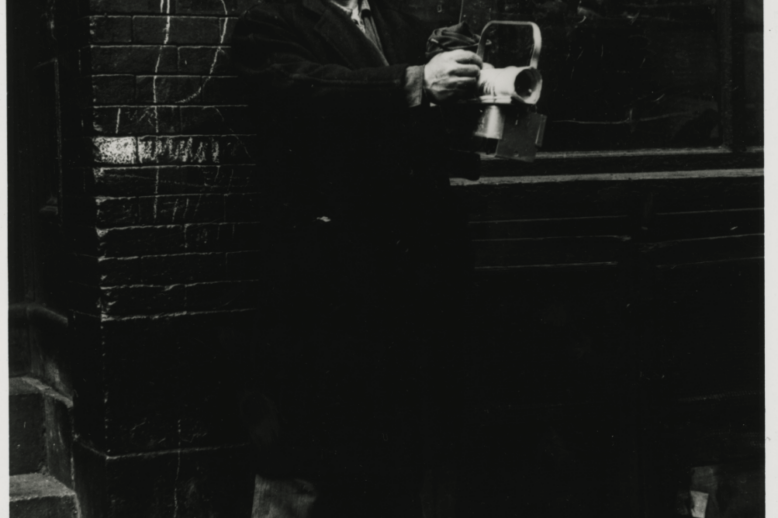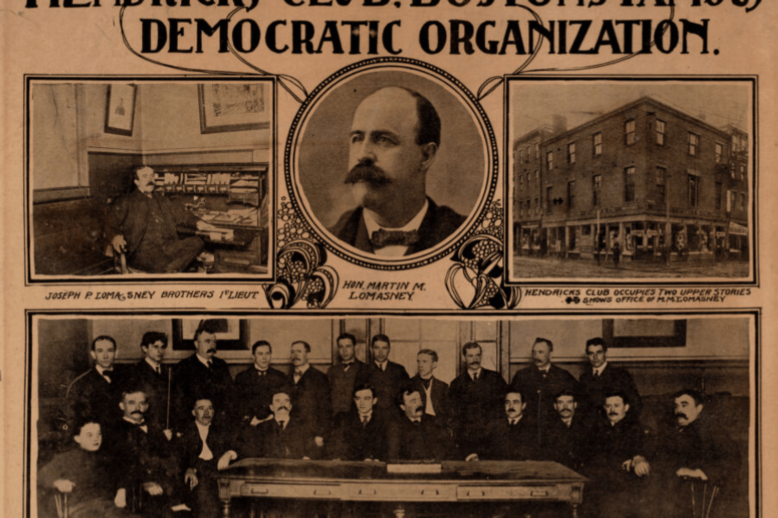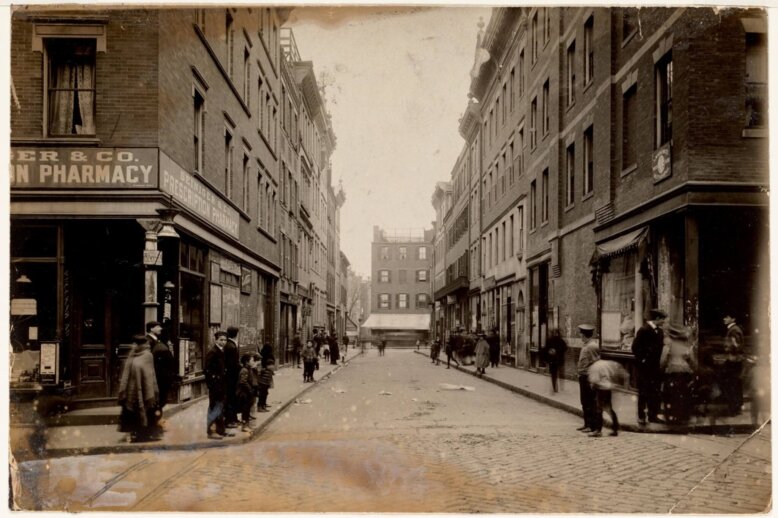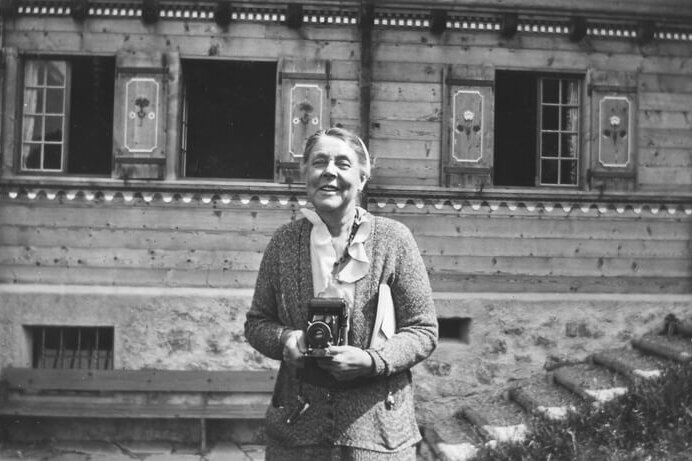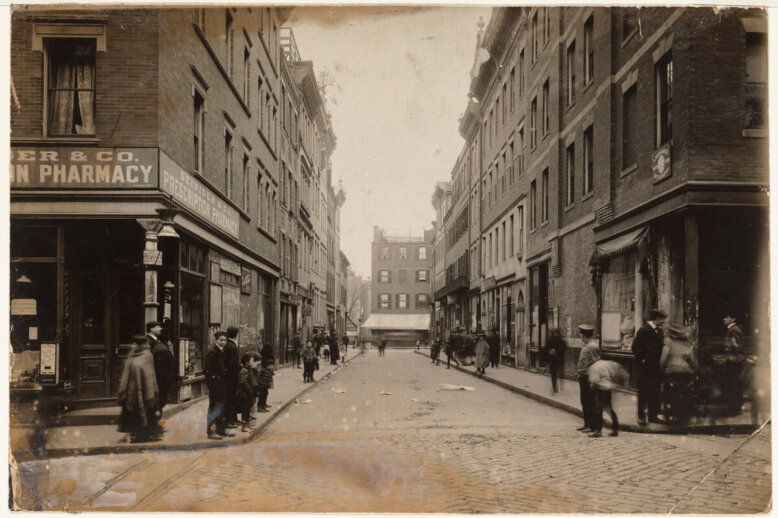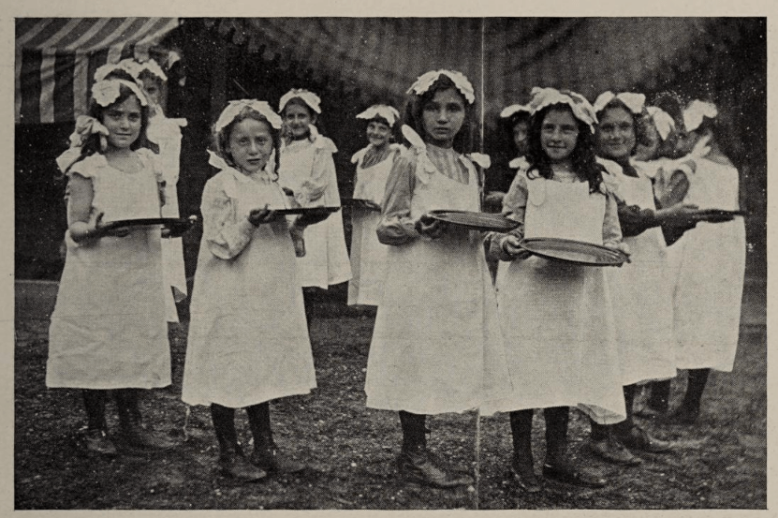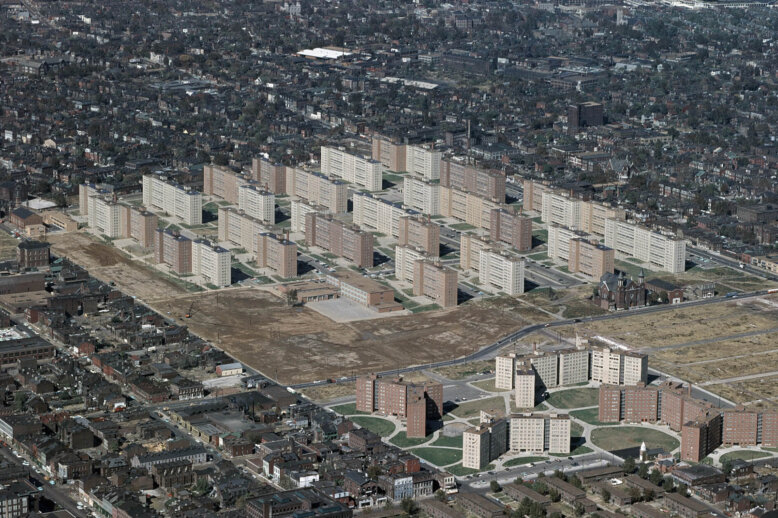Era: Immigrant Neighborhood (~1880-1960)
Immigration, first, second, and third-generation Americans, Settlement Houses, Irish politics, etc.
Bowdoin Square has gone through many phases, including rapid development, growing population, changing fortunes, urban renewal, and attempts at revitalization. Today the name survives mainly in the name of an MBTA station, but examination of Bowdoin Square provides insight into two and a half centuries of Boston history. This article, the second part of two, covers the history of the square in the twentieth and twenty-first centuries.
Abraham “Al” Tabachnik (sometimes spelled Tabachnick, Tabatchnik, or Tabarchnik) was a Russian immigrant, known both for his eccentricities and powerful voice. From the early 1920s to the early 1960s, he roamed the West End’s streets, filling them with music. Recollections of Tabachnik, found throughout West End oral histories and the West Ender Newsletter, illustrate the impact of the West End’s tight-knit community on him, and his impact on the community.
After Martin Lomasney (1859-1933), the legendary “Mahatma of Boston,” made John Ignatius Fitzgerald (1882-1966) a precinct captain at age 18, Fitzgerald became Lomasney’s right-hand man. Their political relationship provides a window into the inner workings of early-twentieth-century ward politics in the West End.
Below is a memory letter from the Museum’s archives, originally submitted to the West Ender Newsletter in 1986 by an anonymous author. In it, we follow the narrator as they walk down the West End’s Spring Street (c. 1930s-1950s), recalling the smells, sites, and sounds of the bustling corridor.
Helen Osborne Storrow (1864-1944) and James Jackson Storrow (1864-1926) were influential Bostonian philanthropists. Much of their work had a lasting impact on the West End, especially through their support of the West End House, Charles River Basin development, and Saturday Evening Girls’ club.
Below is a memory letter from the Museum’s archives, originally submitted by Joseph LoPiccolo to the West Ender Newsletter in 1988. In it, we follow Joseph and his grandfather (an Italian immigrant) through their daily lives in Boston’s West End, prior to its demolition.
Founded in 1894, the Frances E. Willard Settlement House was located on the West End’s Chambers Street for nearly five decades. The Settlement House aimed to serve the neighborhood’s immigrant population and factory workers by offering social services, community clubs, and housing to young women and children.
In the 20th century, the superblock concept emerged from modernist planning principles as an alternative to the traditional grid. These superblocks, while theoretically promising a more ordered and healthy urban environment, proved destructive when implemented through America’s urban renewal programs, including in Boston’s West End.


